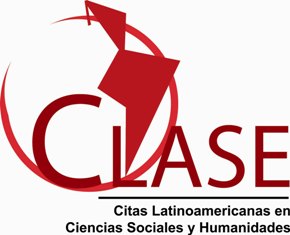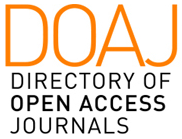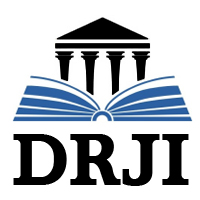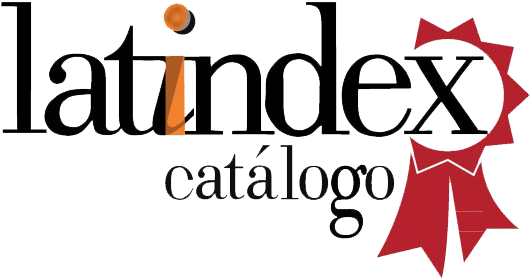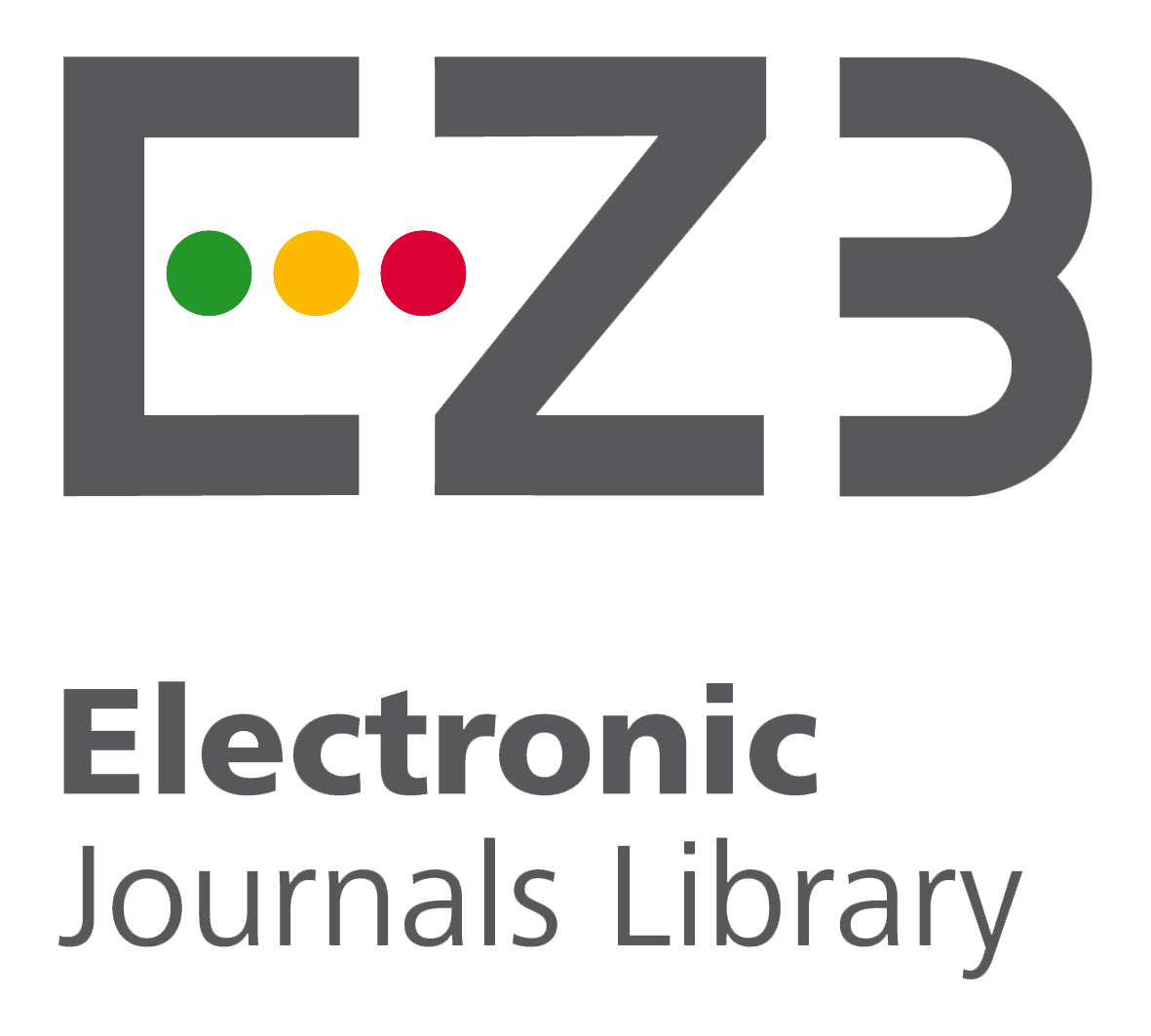Improving the Speaking Skills Through the Use of Metaphor on First Year English Major Students. (Review)
Palabras clave:
speaking; motivation; creativity; lexis; metaphor; collaborationResumen
At present most approaches in foreign language teaching are governed by communication as the final goal of any course emphasizing on the development of speaking as a language skill. Speaking is the most useful way man uses to express his knowledge, and feelings. It is the main means used to establish relationships among people. Research indicates that the speaking skill is associated with success in many areas of life, including students learning and academic performance, and such studies has demonstrated that different languages do exhibit different patterns of figurative language use. Since metaphor has been present in language thus in literature, it is important for learners to have a better understanding of metaphor by integrating them into the materials of the course from the very beginning. So, this work offers some considerations to foster first year English students´ speaking skill in the teaching learning process of Integrated English Practice I through the use of metaphors as they are considered the basic building block of language. Consequently, the authors outline basic important propositions for the organization of activities aimed at overcoming the student needs on lexical items by using metaphor which will serve as a guide for teaching. The work will be included on Integrated English Practice I content and the activities will demand inference in communicative situations and collaboration to help students for comprehending metaphor. As a result, the examination of metaphor from the learner’s point of view might offer valuable insights into a large and important area of vocabulary.
Descargas
Referencias
Deigman, A. (2005). Metaphor and Corpus Linguistics (Converging Evidence in Language and Communication): Research (Celcr) Amsterdam:Co.https//doi.org/10.1075/celcr.6
Deignan, A., Lima, A. and, Lopez- Mora,R.April 1998. Metaphor, Culture and the Classroom. Paper.The 31st IATEFL Conference, University of Manchester, England,
Dur, F. (2006).Understanding metaphor:A cognitive approach focusingon identification and interpretation of metaphor in poetry. Mastery of Art. Adana.
Enríquez, O´Farril, I (2010).Integrated English Practice I. La Habana, Cuba.Editorial Pueblo y Educación.
Goatly, A. (19997).The Language of Metaphors. Retrieved May2, from www.citeseer.ist.psu.edu/449726html.
https://www.facebook.com/OMonlinementors.
Lakoff, G., and Johnson, M. (2003) Metaphor We Live By .Chicago Press.
Lynch, T. (2001). Teaching Speaking. In Communication in the Language Classroom (pp. 105-121). Oxford: Oxford University Press. https//doi.org/10.7280/Chicago/
McCarthy, M and O´Dell, F (2002) Collocation in use. Cambridge University Press
New Oxford Dictionary of English. (1998). Oxford: Oxford UniversityPress.
Plan de Estudio “E”. (2017) Carrera Licenciatura en Educación, especialidad Lengua Inglesa. Ministerio de Educación.
Scaraffi,P.(2001). Metaphor and thought. Retrieved, March4 from www.thymos.com/tal/metathor.
Wu, J and Mc Enery, T. (2006). Metaphor and Collocation: a cognitive perspective in EFL teaching.US China Education.















